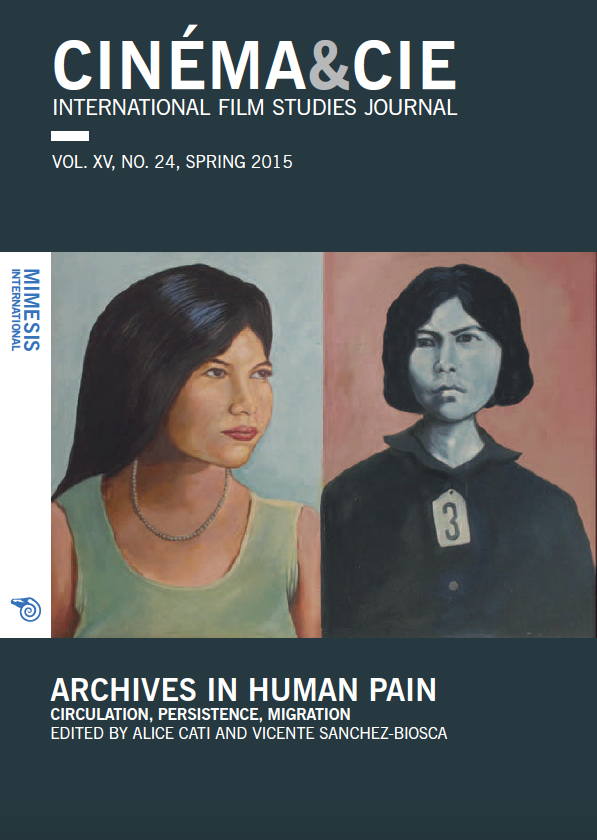Lasting Remains: The Anesthetizing Gaze in German Postwar Cinema and Photography
Abstract
The essay analyzes the traumatic dimension of the images of rubble produced by German cinema and photography in the aftermath of the Second World War. Drawing on Sebald’s reflections on the inability of literature to bear witness to the atrocious experience of the bombings endured by millions of German citizens, this contribution proposes an analysis of the gaze employed in depicting the dramatic condition of the country. In particular, the refusal of the codes of realism and the impulse towards the scenographic portrayal of rubble and ruins, about which scholars largely agree, is here re-read not as evidence for an escape from reality, but as a re-emergence of an ornamental (Kracauer) and anesthetizing (Jünger) visual matrix typical of the aerial point of view and, so, typical of the attacker’s gaze. This resurfacing is testified by two key figures engraved in the landscape of rubble: the skeleton in X-rays and the surface of abstract signs which cross-references the view from above; both strip the flesh from the body/landscape, so that the former is in some way included in the latter. As it coincides not only with the gaze that Germany suffered at the end of the war, but also with that imposed by the Nazis at its beginning, the aerial perspective and the corresponding affectless mode summarizes the specificity of the trauma that Germany underwent, rekindling the conflict of self-representation of the defeated country.






